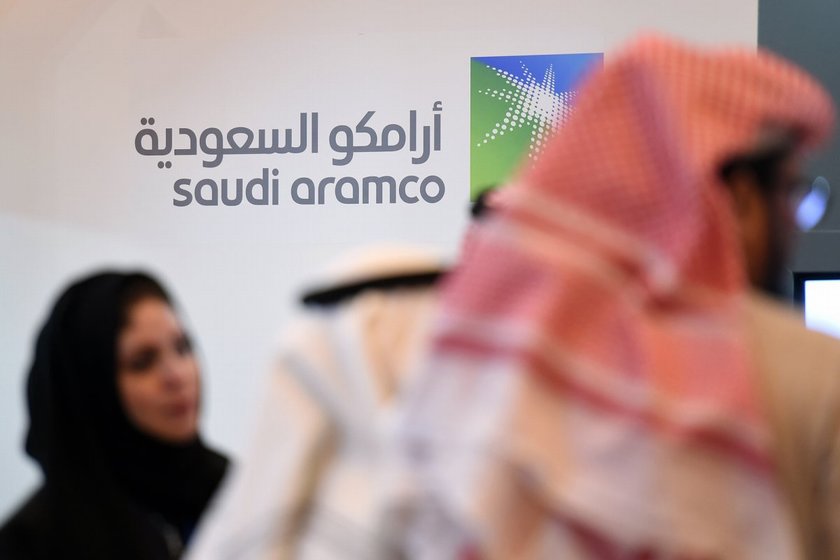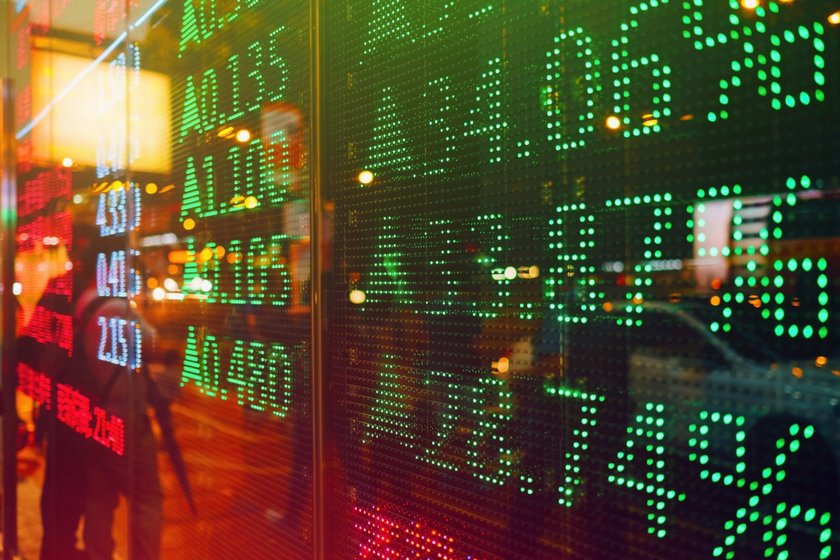Saudi Aramco was the talk of Wall Street after the Saudi oil giant completed the world’s largest initial public offering on Dec. 11. Aramco stock hit the ground running on its first day of trading, gaining 10% and quickly reaching its daily upward limit on the Tadawul, Saudi Arabia’s stock exchange.Unfortunately, it’s difficult for most U.S. investors to get in on the Saudi Aramco action at this point.Saudi Aramco Stock By the NumbersSaudi Aramco raised $25.6 billion in its IPO, which valued the company at about $1.7 trillion. For perspective, Apple (ticker: AAPL) is currently the largest U.S. public company at a market cap of around $1.2 trillion. Aramco’s prospectus indicates the company earned about $111 billion in 2018, nearly double Apple’s profits. In fact, Aramco has five times more oil reserves than Exxon Mobil Corp. (XOM), Chevron Corp. (CVX), Royal Dutch Shell (RDS.A), Total (TOT) and BP (BP) combined.Bernstein estimates Aramco’s profits rise by $1.5 billion for every $1 rise in crude oil prices. Saudi Arabia and its OPEC partners agreed earlier this month to extend their crude oil production cuts from 1.2 million barrels per day to 1.7 million barrels per day in the first quarter of 2020 in an effort to maintain balance in the global oil market and support prices.Aramco’s IPO shares were priced at 32 Saudi riyals, or about $8.53. Shares finished their first day of trading at 35.2 riyals, the upper limit of their allowed daily trading range on the Tadawul.No U.S. Listing for NowAramco decided in November that it would not list its IPO shares on a major U.S. exchange, making it difficult for the average U.S. investor to gain access to the stock. Tadawul has strict rules about foreign investment. Qualified institutional foreign investors must have at least $5 billion in assets and at least five years of investing experience to be eligible to trade on the Saudi exchange. Prior to 2015, foreign investors were prohibited from trading on the Tadawul exchange entirely.Critics of Aramco pulling a potential U.S. listing have said the Saudi government wasn’t happy that it could not initially achieve a $2 trillion valuation via an international listing.“Offering a tiny float in a friendly local market is a pretty good way to get the stock to trade up, and there will be other positive pressure,” Matt Levine, entrepreneur and former investment banker at Goldman Sachs, wrote this week.Saudi Arabia is offering small Saudi investors one bonus share of Aramco stock for each 10 shares they initially buy and hold for at least six months in an effort to deter early selling.JJ Kinahan, chief market strategist at TD Ameritrade, says the restrictions on foreign investment mean customers at TD Ameritrade and other popular U.S. brokers don’t yet have access to Aramco stock.“Not at this time,” Kinahan said. “But it seems that any listing this magnitude would draw interest.” ADRs and ETFs for Saudi Aramco StockIn the meantime, U.S. investors should be on the lookout for an Aramco American depositary receipt, or ADR. ADRs are certificates issued by American banks that represent share purchased by the banks on foreign exchanges. If these ADRs trade over-the-counter in the U.S. rather than on a major exchange, they are not subject to the disclosures and regulatory standards that deterred the Saudis from a major international listing in the first place.ADRs of large international companies such as Volkswagen (VWAPY), Nintendo (NTDOY) and Samsung (SSNLF) all trade over-the-counter in the U.S.In addition, MSCI is reportedly planning on including Aramco in several stock indexes starting next week, so U.S. investors should watch for potential exchange-traded funds with exposure to Aramco.





